The Hidden Science Beneath Kentucky
The Science Friday team follows researchers deep underground to discover Kentucky’s geologic past.
Did you know that Kentucky has more than 5,000 caves? In fact, the home of bourbon and horse racing is also home to the world’s longest cave system.
But these caves aren’t just great opportunities for exploration—they are portals into our geologic past. Beneath the Earth’s surface, these cavernous environments offer insight into sociology and history. They also have incredibly unique ecosystems that support a diverse array of organisms. And caves are a source of fresh drinking water for a quarter of the world.
This November, the Science Friday team went on the road to Louisville, Kentucky, and it rocked (both figuratively and literally). When Western Kentucky University cave scientist Jason Polk, graduate student Fernando Hernandez, and graduate student James Shelley invited the team to visit Crumps Cave, a research cave in southern Kentucky, we jumped at the chance.
Grab your helmets—we’re going caving. Listen to our trip and see some pictures below.
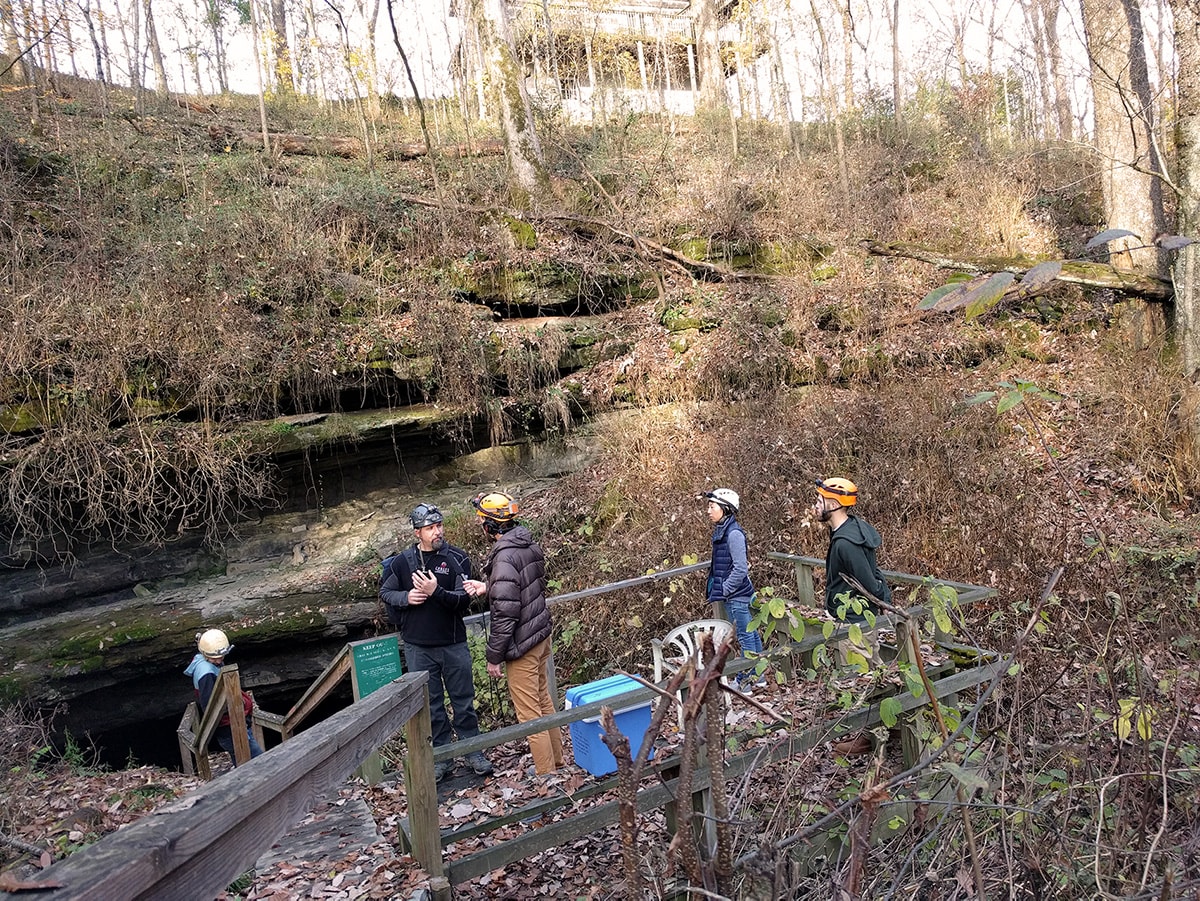
Jason Polk and the Science Friday team gather outside Crumps Cave. The cave is a former “show cave” (or cave that was open to public tours) that was purchased by the Western Kentucky University for research opportunities. Photo by Charles Bergquist
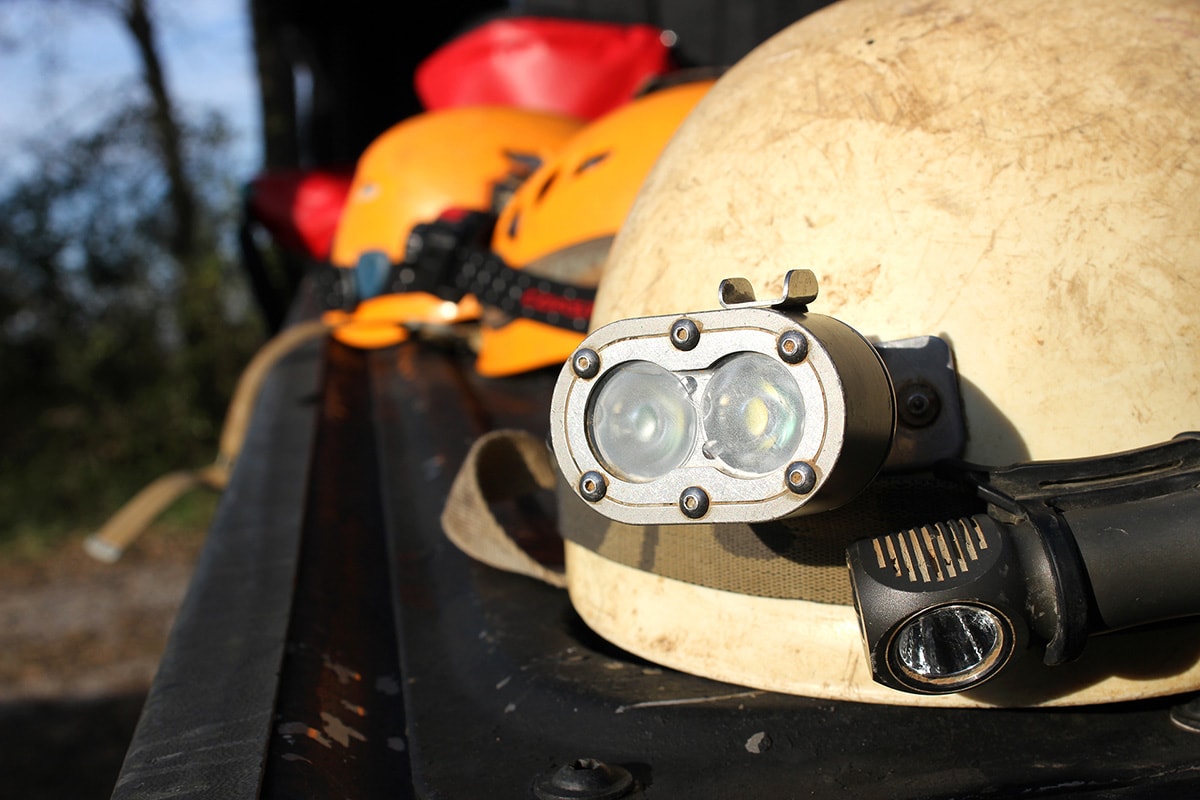
“The rule and the first thing we should do is turn on our lights on,” says Polk outside Crumps Cave in southern Kentucky. Photo by Brandon Echter
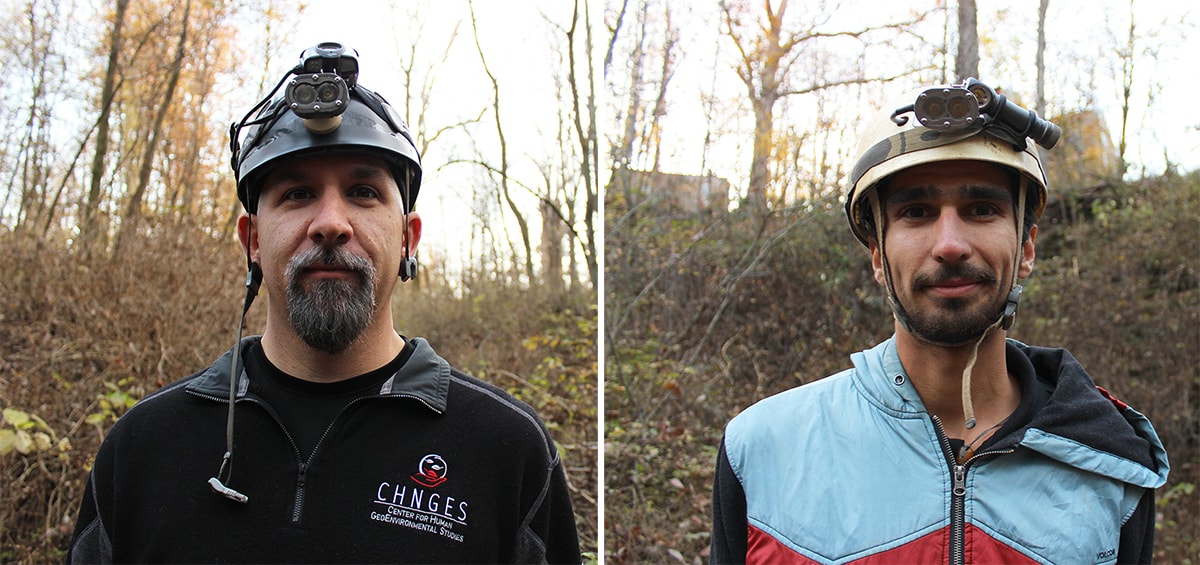
Jason Polk and Fernando Hernandez. Photos by Brandon Echter
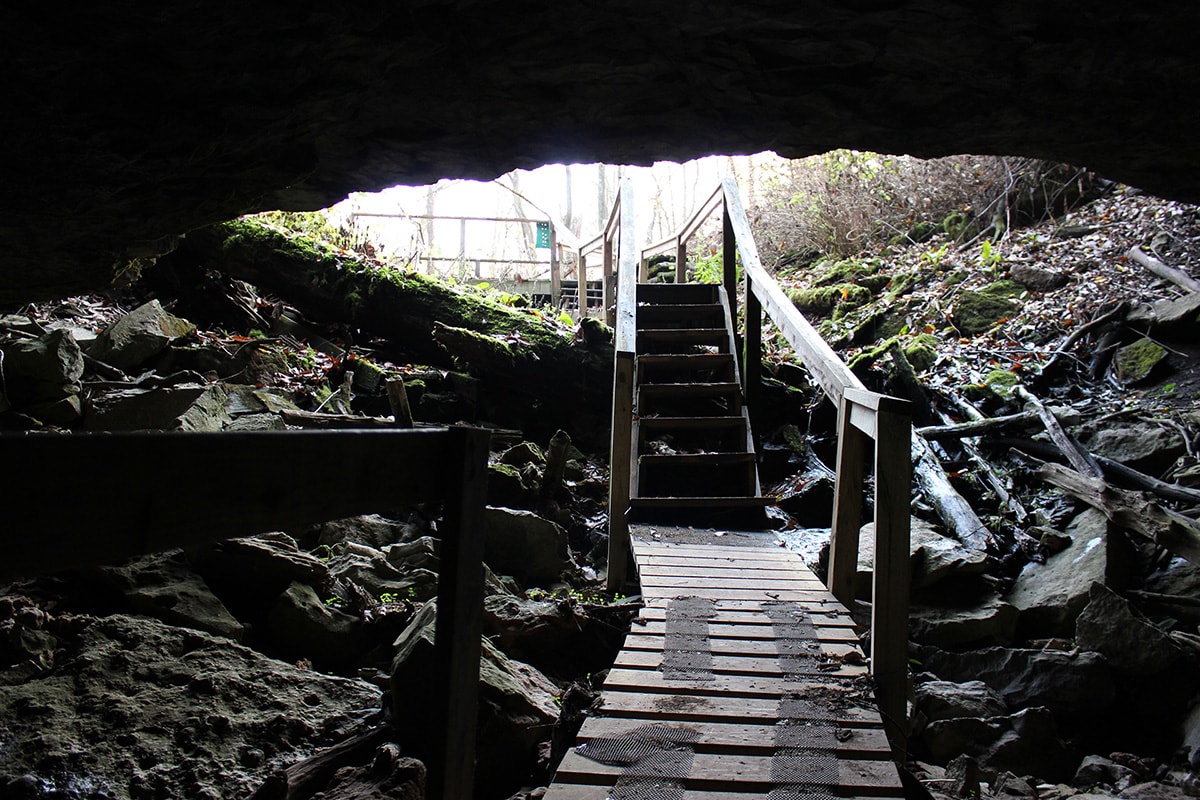
The entrance to Crumps Cave. Photo by Brandon Echter
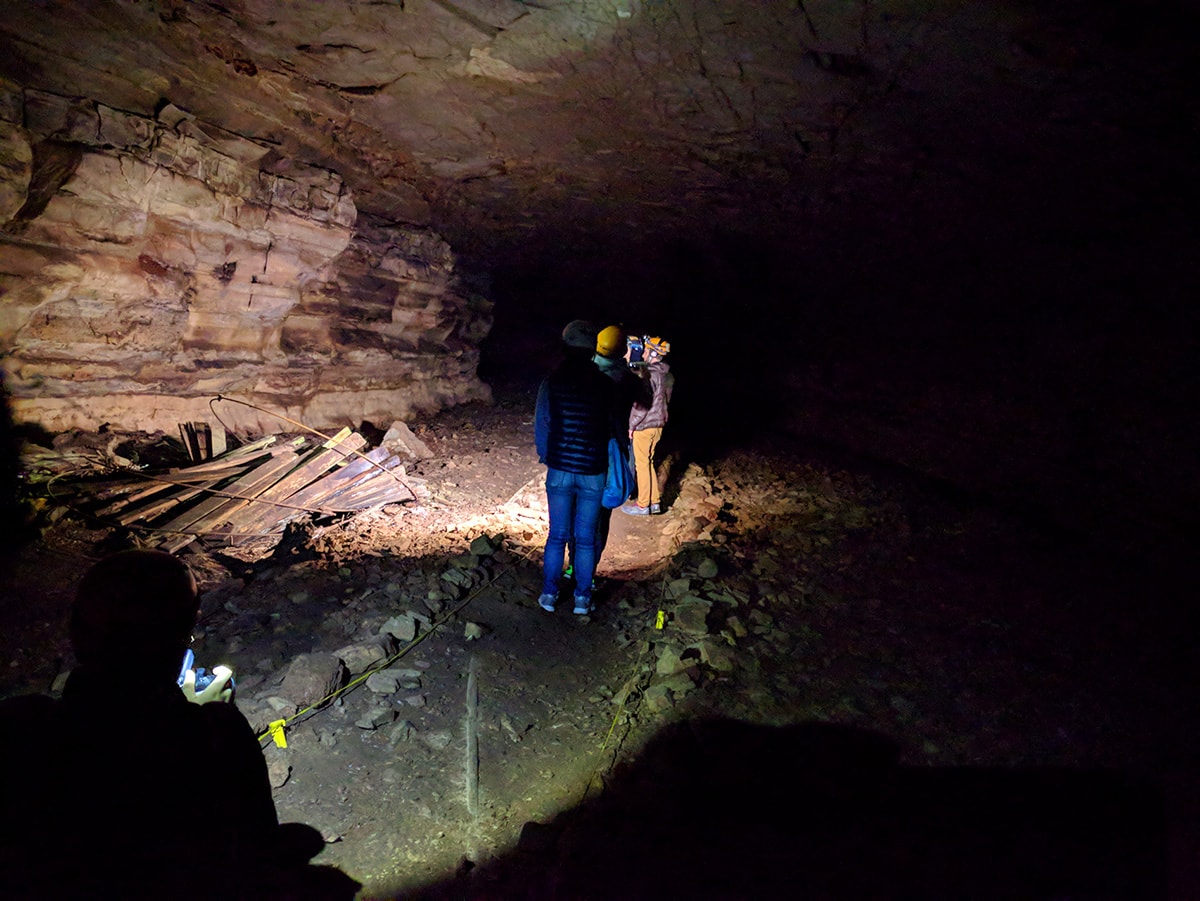
Entering Crumps Cave, the mouth is littered with the ruins of past water collection operations, says Polk. Photo by Charles Bergquist
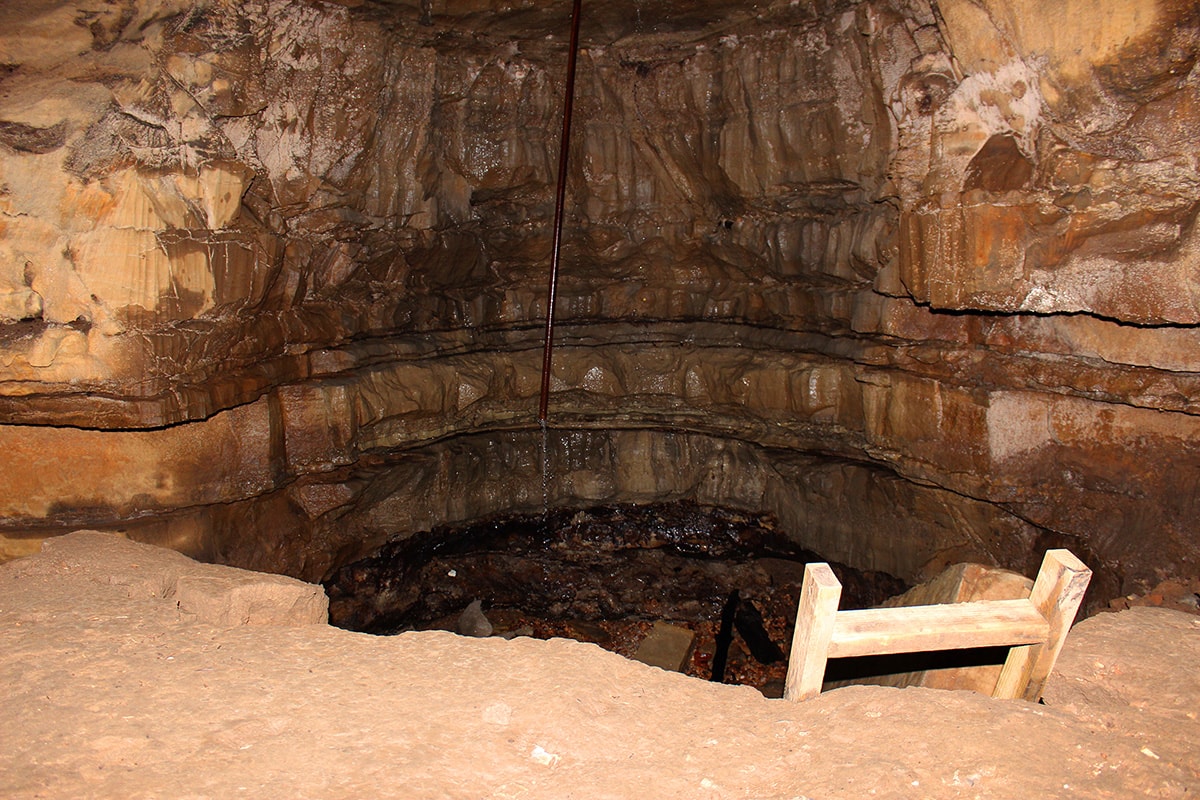
One of the waterfalls in the cave. Water will work its way through the rock to the water table, or the uppermost layer of saturated soil, explains Polk. Photo by Brandon Echter
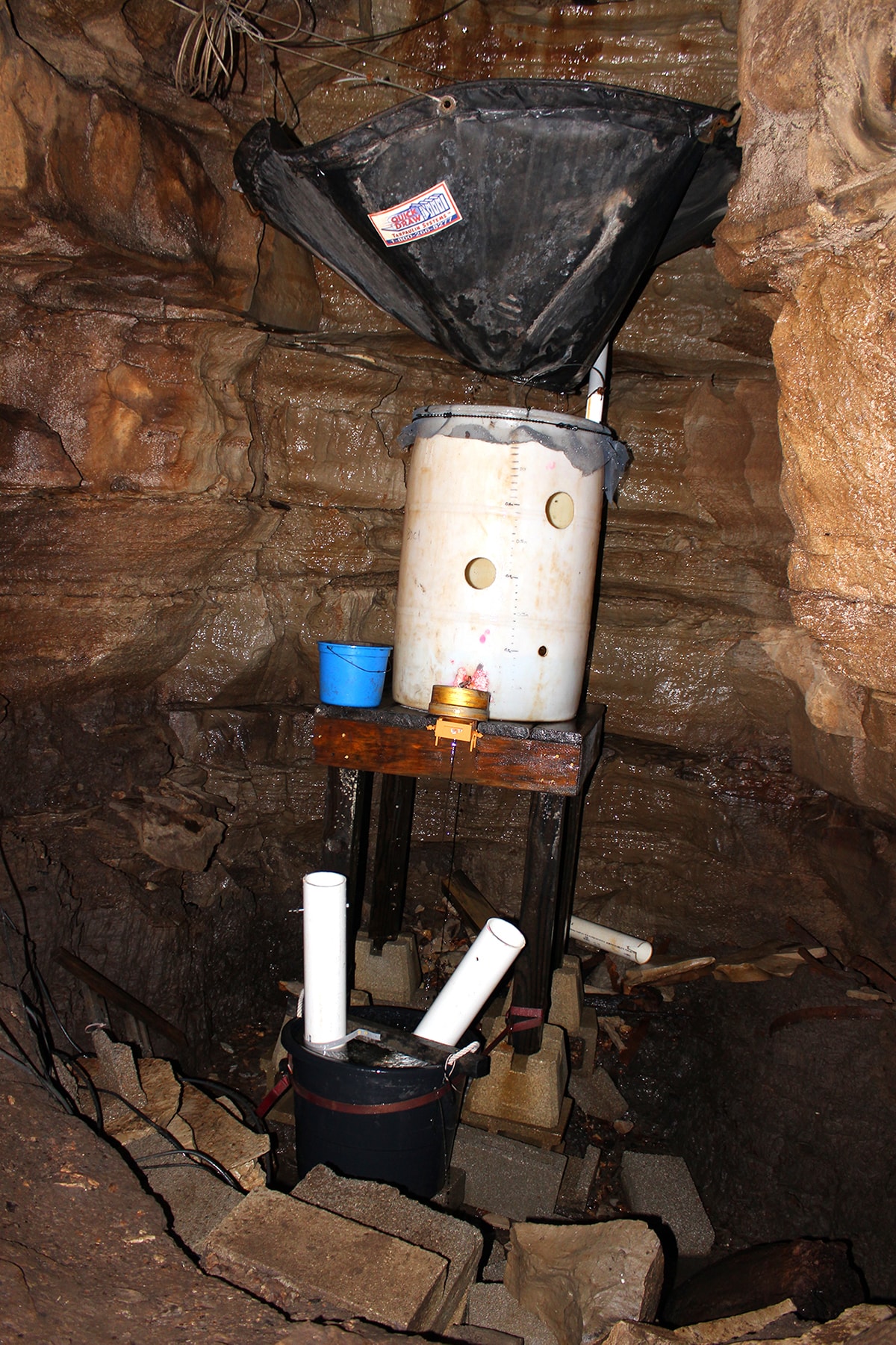
The Crumps Cave water monitoring station. Photo by Brandon Echter
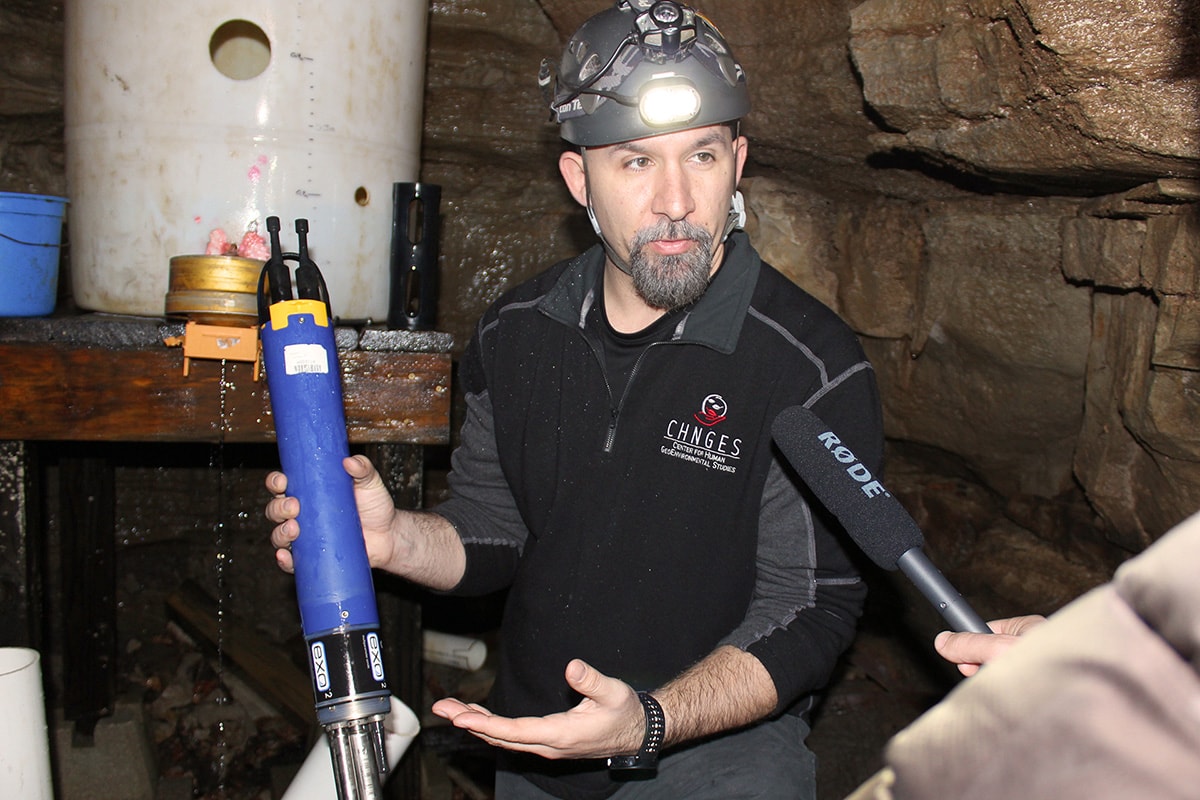
“About 25 percent of the world’s population, so literally billions of people, rely on these types of systems for their drinking water,” says Polk, showing off the Crumps Cave water monitoring station. Photo by Brandon Echter
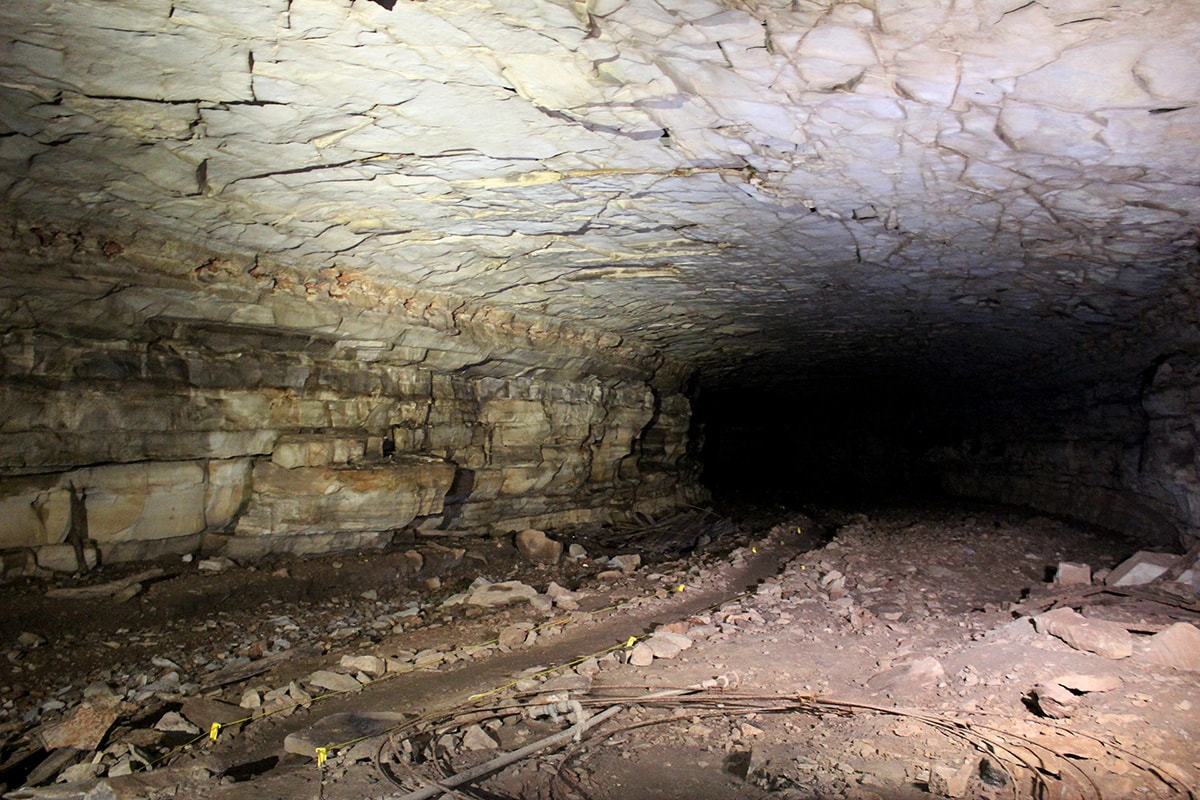
The interior of Crumps Cave. Photo by Brandon Echter
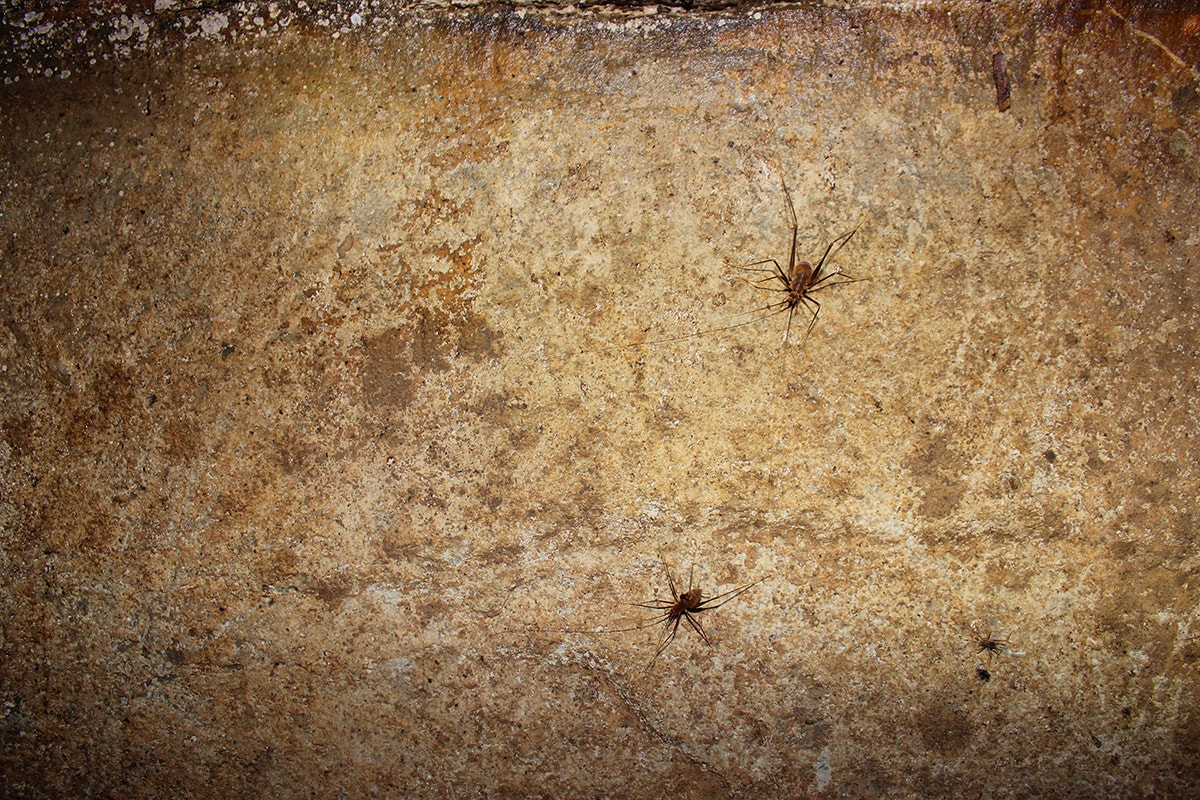
Cave crickets are one of the main sources of energy in Crumps Cave, says Hernandez. “They’re normally the backbone of the whole food cycle in the cave.” Other animals that live in the cave will either eat them or their waste. Photo by Brandon Echter
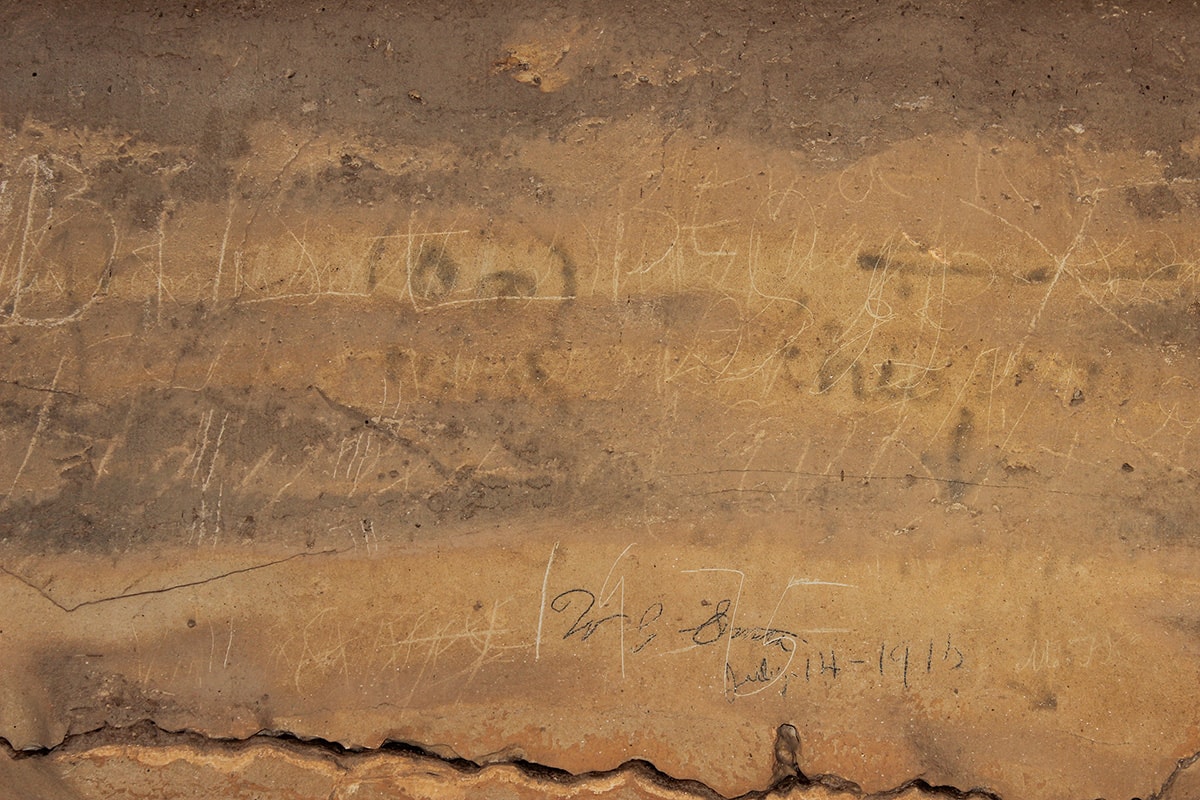
Graffiti in the cave, including one signature dating back to 1915. Photo by Brandon Echter
Brandon Echter was Science Friday’s digital managing editor. He loves space, sloths, and cephalopods, and his aesthetic is “cultivated schlub.”